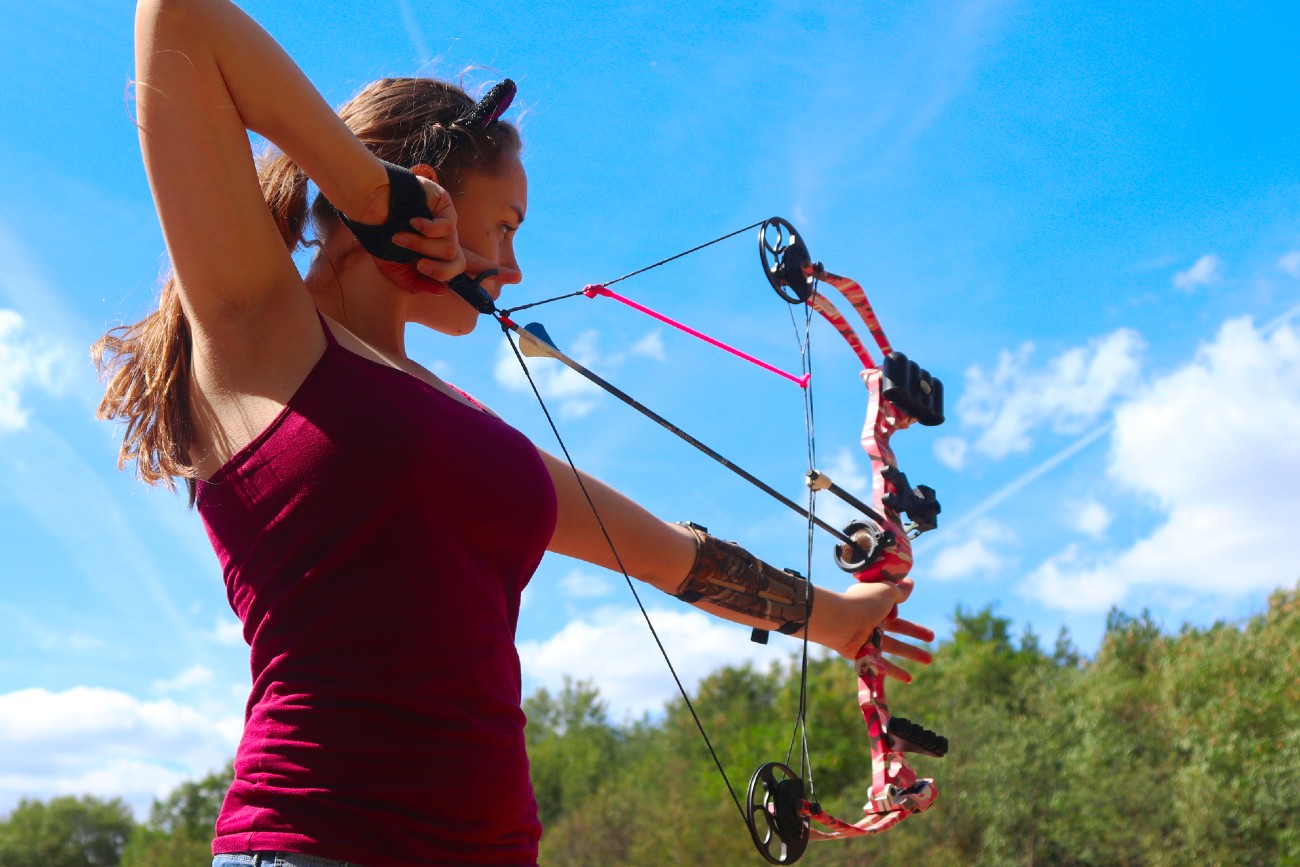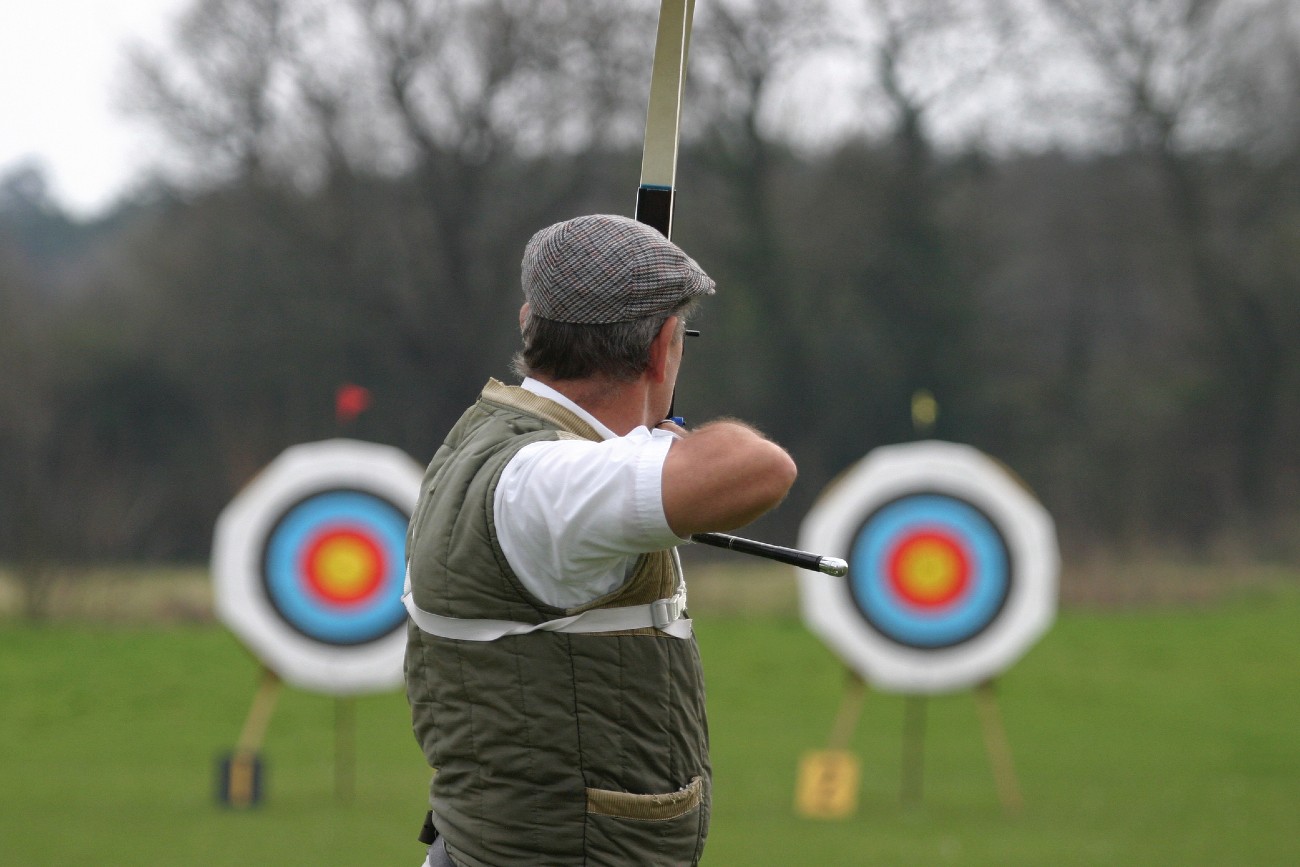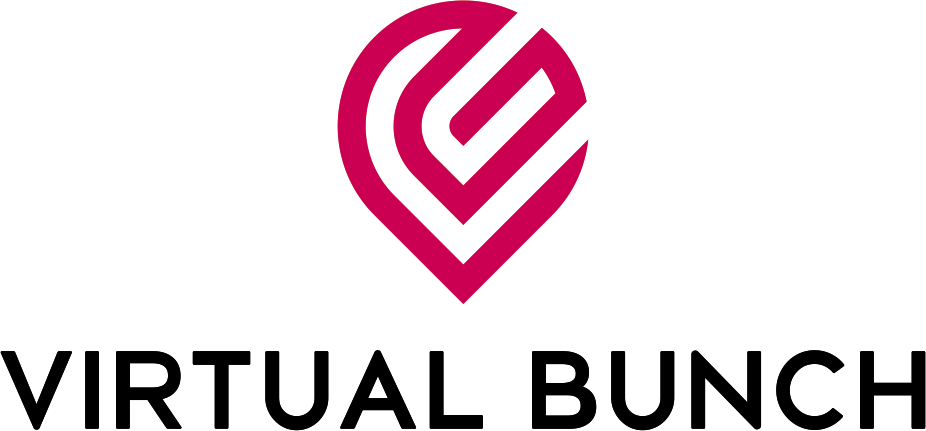
Archery is popular around the world and has thousands of years of history behind it. But getting started with archery can be quite difficult. There are different types of archery, bows, and equipment.
You don’t know what gear you might need or the lingo associated with archery. All of this proves to be a challenge for those interested in archery, but luckily this introductory guide will let you know what is involved in archery and how to begin.
So if you are ready to start learning, let’s get started!
Types of Archery
There are five main types of archery out there, some are more used on the islands than others.
While they are all similar, they all have their own unique things about them. These five types include:
Target archery – shooting at targets both indoors and outdoors.
Targets generally include a circle within a larger circle that gives competitors points depending on how close to the center their arrow hits. This is usually done on a flat and straight shooting range.
Field archery – similar to target archery, but always shot outdoors and at various types of targets.
The targets may be on a hill above you or in a valley below you, they might not be straight in front of you like in target archery.
Bowhunting – hunting with a bow and arrow.
This one is pretty self-explanatory, as hunters will use their bows to hunt animals where their country or state allows them to.
Traditional archery – this type of archery, similar to bowhunting, does not have a set of rules or guidelines like field or target archery. Instead, it involves shooting longbows or recurve bows that resemble traditional bows of the past.
3D Archery – this type of archery is very similar to field archery, as you are walking a specific course through the woods or a field and shooting targets at random angles and distances.
The difference lies in the targets themselves. Instead of simple paper targets, you are shooting at life-sized 3D targets of various animals.
Some of these types of archery will often overlap.
For example, someone who shoots field archery may also compete in 3D archery tournaments and bowhunt. Or someone who shoots traditional archery can use their equipment in any of the other types if they choose to.
But the type of archery that you get started with will often dictate the type of bow and gear that you will be using!
Types of Bows
Along with various types of archery, there are different types of bows that you can shoot.
The first type is traditional bows, consisting of longbows and wooden recurve bows. These bows can be used in target, field, and 3D archery as well as hunting. These bows are modeled after bows used hundreds and even thousands of years ago.
The next type of bow is the modern recurve. Although they have the same design as wooden recurves, they are made from one or more modern materials and usually have detachable parts. These bows use limbs made from fiberglass or carbon to give you more consistency and power. These bows are a popular choice for competition shooting.
The last type of bow and perhaps the most popular is the compound bow. Originally designed for hunting, they can also be used for target and field archery but not as much as modern recurves which are the only type allowed for some competitions such as the Olympics.
Compound bows use a system of pulleys and cams to support the draw weight of the bow. This allows the shooter to hold the bow back for longer periods of time with little effort, allowing for better aiming and less fatigue.
While all types of bows will come with a learning curve, compound bows are generally the easiest to use and learn with, followed by modern recurves and finally traditional bows. No matter which type you are shooting, you must use proper technique and shooting form to ensure consistent and accurate shots.

Archery in the Channel Islnads
Shooting a Bow
In order to be safe and shoot a bow as accurately as possible, all archers will go through what is called a “shot sequence”.
These are the steps that they follow every time they shoot a bow. By having all of the right steps in place, you can be confident every time you go to shoot. A shot sequence will start by getting the proper stance.
The right stance will depend on if you are right or left-handed.
If right-handed, hold the bow in your left hand and stand at a 90-degree angle to the target with your left arm which should be closest to the same target.
The opposite will be done if you are left-handed. Your feet should be shoulder-width apart with a relaxed stance.
The next step is to nock the arrow.
This is the back part of the arrow that connects to the bow string. There should be a nocking point on the bowstring (usually a small metal ring) to indicate where the arrow should be nocked.
You should hear an audible click as the arrow goes onto the bowstring to ensure proper connection.
With a relaxed grip on the bow, pull the bowstring back. Try to do this with your back muscles as opposed to your arms and forearms.
Take aim at the target and release the arrow when you are ready by releasing the pressure from your fingers on the bowstring or by using the trigger on your mechanical release aid.
Don’t be afraid of making mistakes, and don’t expect to hit your target perfectly when you are just starting out. But once you cover all of the basics of a good shot sequence, you can begin to practice and get better.
With a little bit of time and effort, you will be an expert shooter in no time!
Are you interested in other activities? Explore the Channel Islands on the boat! Don’t miss the following article: Sailing to the Channel Islands






